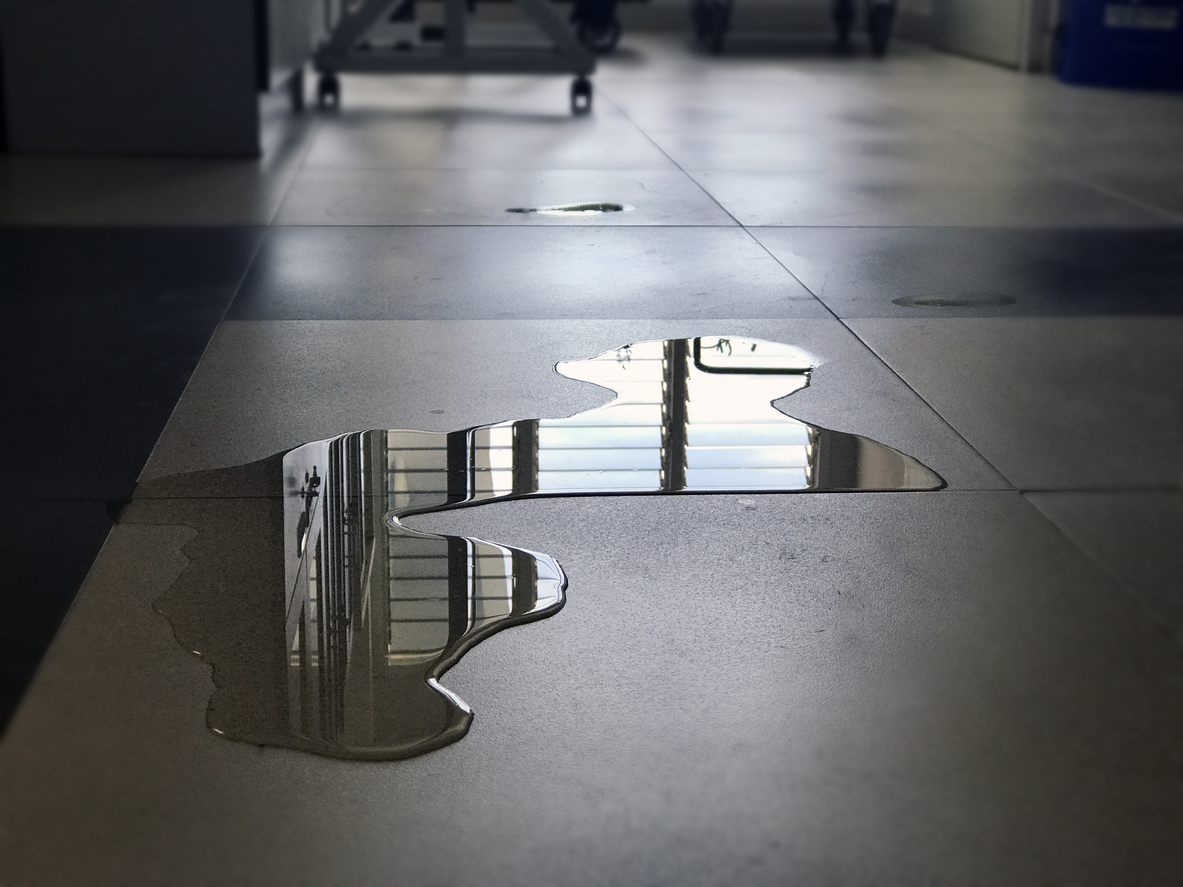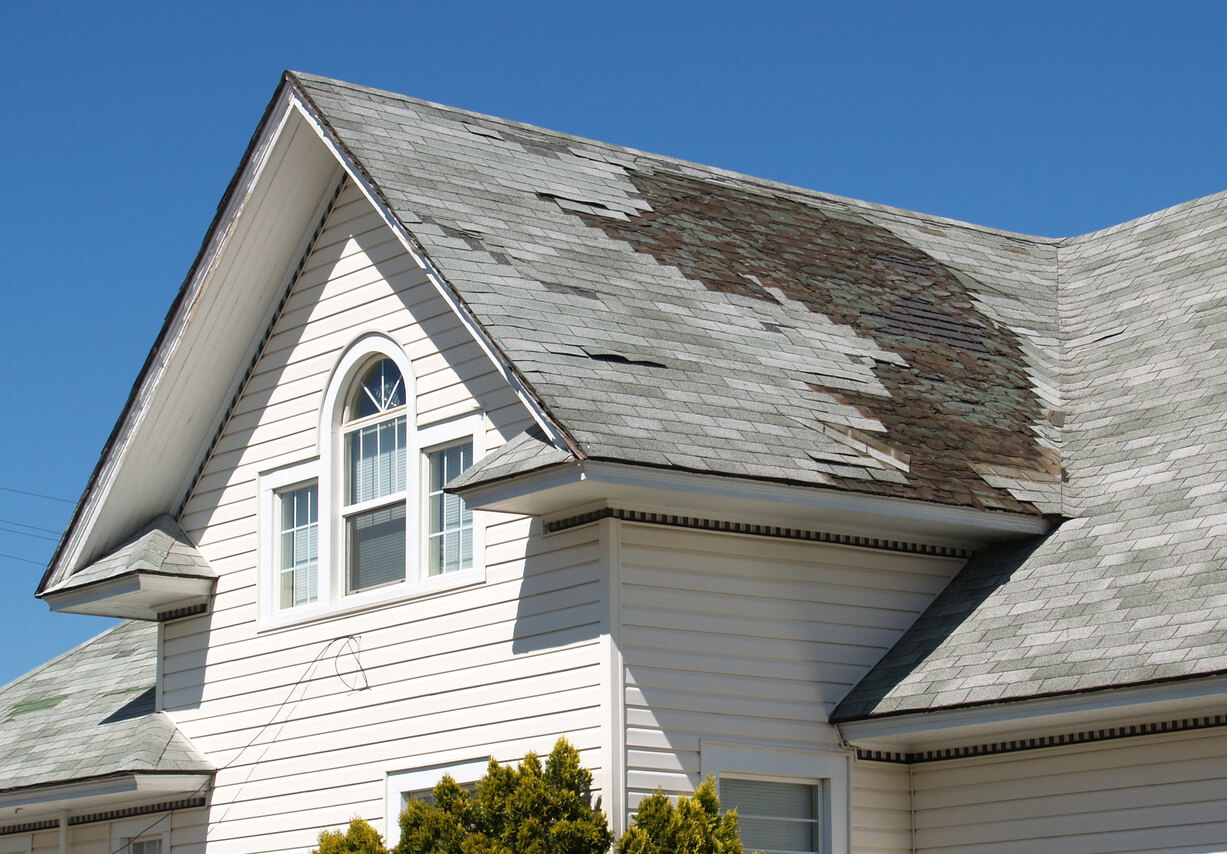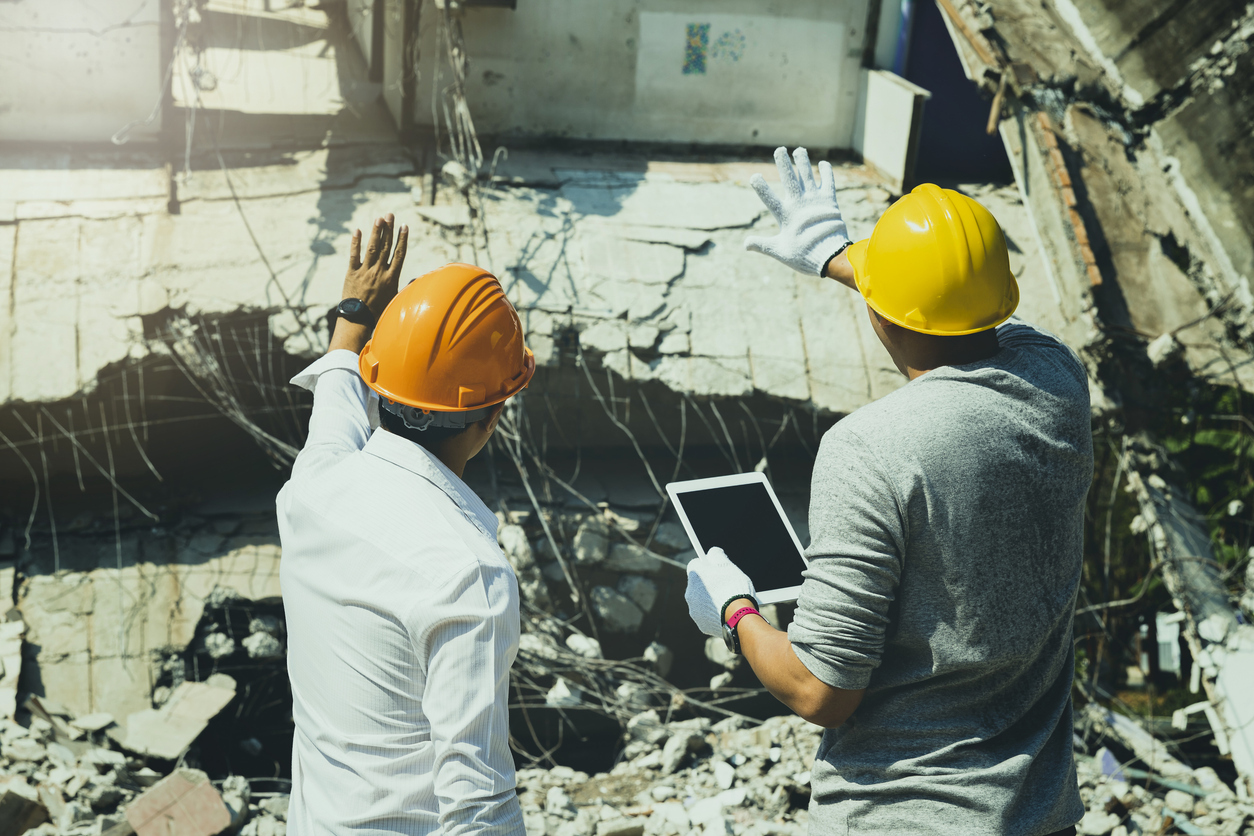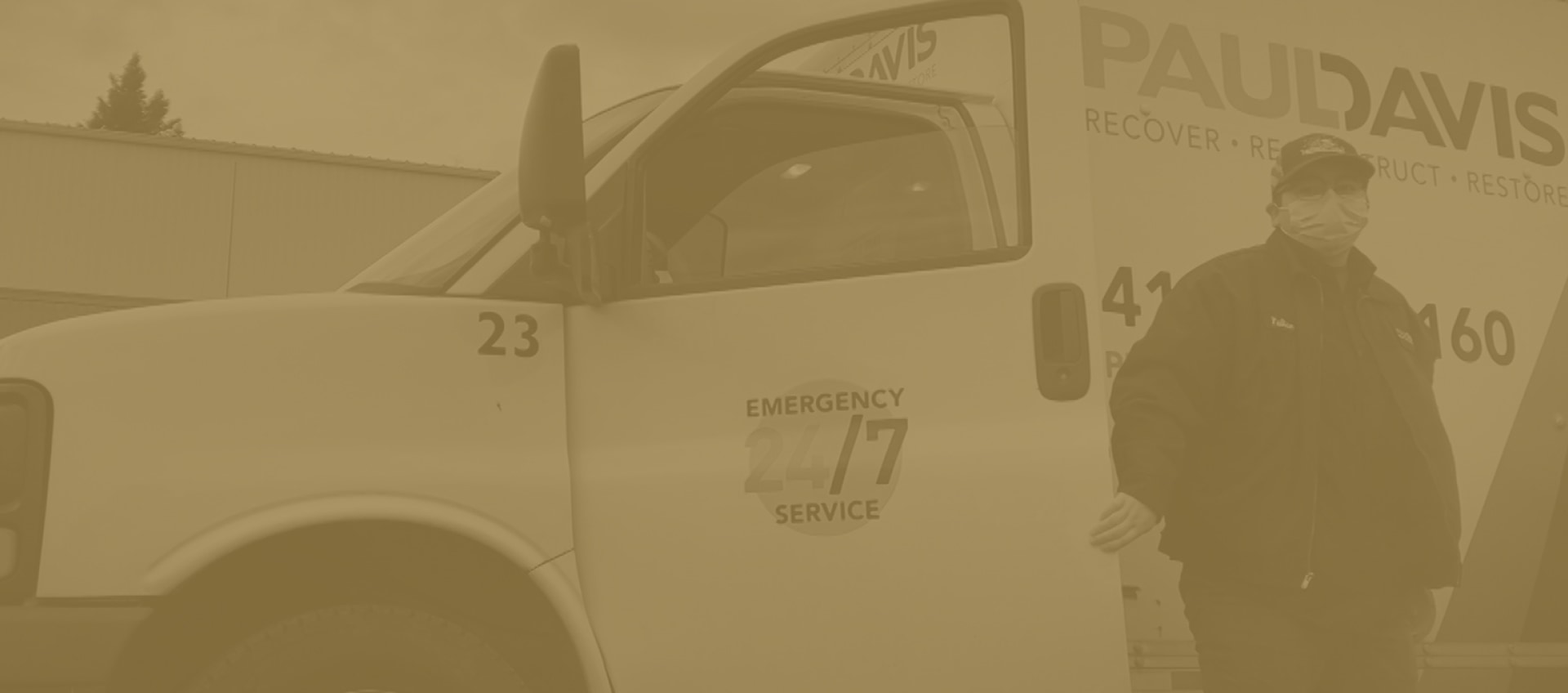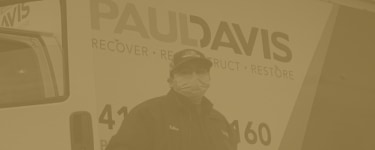You buy commercial property or homeowner’s insurance because you want financial assistance in case of a disaster. When something goes wrong, you want to know what your policy will cover the losses. Insurance coverage for restoration is limited and often dependent on the cause of damage, so it pays to do your research. Here, Paul Davis Restoration of North Dallas offers a brief introduction to paying for restoration with insurance and out-of-pocket.
Paying for Emergency Restorations
Insurance policies provide a safety net against disaster. When something goes wrong at your home or business property, your policy will cover the cost of emergency restorations. These include any repairs necessary to continue living or working on the property. They are designed to return your property to its pre-loss condition after an accidental and unavoidable disaster, such as:- Fire and smoke
- Lightning strikes
- Windstorms
- Hail
- Snow and ice
- Frozen pipes
- Power surges
- Falling objects
- Theft and vandalism
- Vehicles
Exceptions to Homeowner’s Insurance
There are some exceptions to emergency insurance coverage. Certain types of disasters are too common and destructive for providers to cover as part of their standard package. If your home or commercial building is damaged by one of these disasters, your basic insurance policy will not pay for restoration. You’ll have to pay for any necessary repairs out of your own pocket. Common exceptions include:- Flooding
- Earthquakes
- Landslides
- Wildfires
- Hurricanes
Paying for Voluntary Restorations
Though commercial and homeowner’s insurance will cover necessary restorations after an emergency, they won’t pay for anything purely voluntary. In short, voluntary restorations refer to any repairs that are not necessary to return your property to a livable or workable condition. They are optional and nonessential. Types of voluntary restoration may include:- Cosmetic restorations that do not affect the building’s usability
- Restorations to a building purchased with pre-existing damage
- Improvements beyond your building’s pre-loss condition
- Expansions or additions that increase your building’s footage

